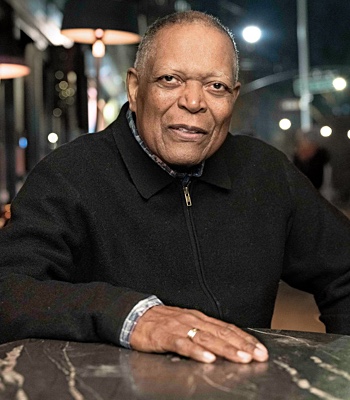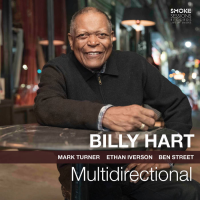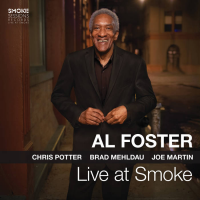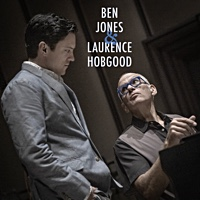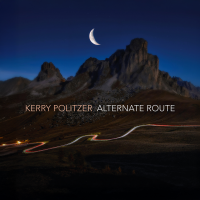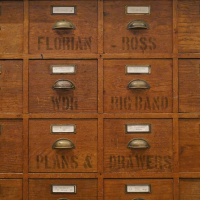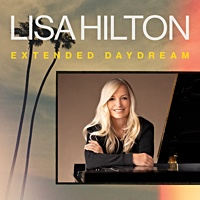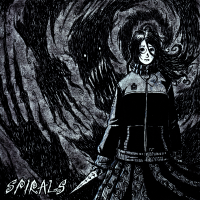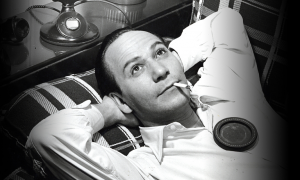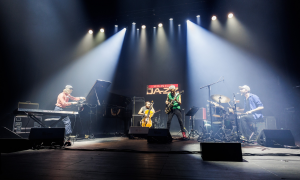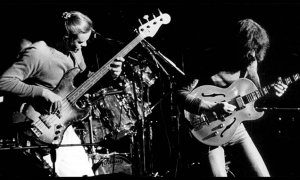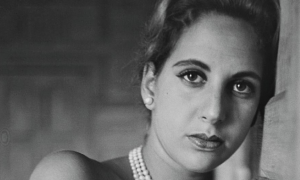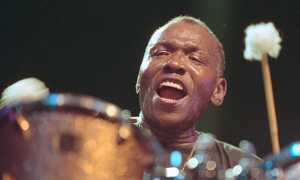Home » Jazz Articles » Top Ten List » 50 Years Later: 10 Jazz Albums from 1975 That Deserve Another Spin
50 Years Later: 10 Jazz Albums from 1975 That Deserve Another Spin
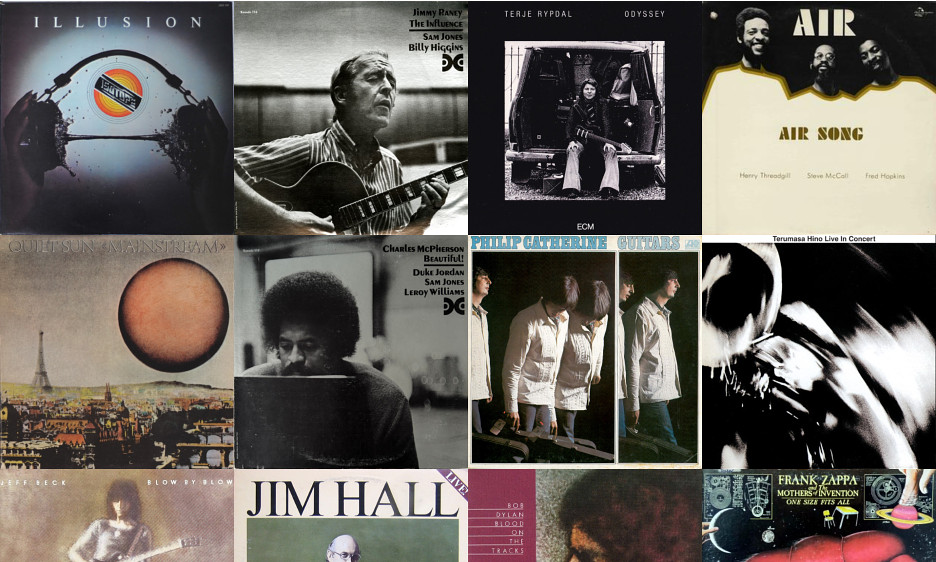
The year, however, was not entirely dominated by rock albums. 1975 was also an essential year for jazz. However, fusion was now taking center stage. In the wake of albums such as Miles Davis's Bitches Brew (Columbia 1970), many jazz artists began incorporating elements of rock into their music. As a result, by 1975, this new sound had gained popularity, enabling musicians to appeal to a broader audience. This was the year when Weather Report's Tale Spinnin' (Columbia), Return to Forever's No Mystery (Polydor), Mahavishnu Orchestra's Visions of the Emerald Beyond (Columbia), and Jean-Luc Ponty's Upon the Wings of Music (Atlantic) all came out.
All of these albums sold well and remain jazz classics. As is the case with any genre of music, though, several outstanding jazz albums from 1975 were somewhat overshadowed by the bestsellers. Here are ten that still hold up today.
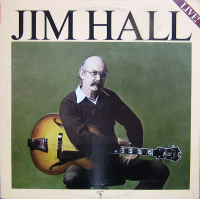 Jim Hall
Jim Hall Jim Hall Live!
(A&M Horizon)
Jim Hall was one of the most expressive jazz guitarists ever to pick up the instrument. By 1975, he had recorded with a veritable who's who in jazz, ranging from Sonny Rollins and Bill Evans to Ella Fitzgerald and Eric Dolphy. He was a master of comping who had a knack for supporting the musicians in the spotlight, which made him a first-call player.
Jim Hall Live! is an album that deserves multiple listenings. On the first spin, the album might seem too low key and mellow for those expecting flash. But its subtle elegance unfolds with repetition. The recording has a definite Pat Metheny vibe, even though this predates his releases. Metheny, who would later collaborate with Hall, once said, "If I had to pick one Jim Hall record, it would be Jim Hall Live!" He went on to say, "That was the ideal band, the ideal tunes, the ideal setting. Although Jim had great periods all through his career, something was going on right around that time that was incredible in his abilities."
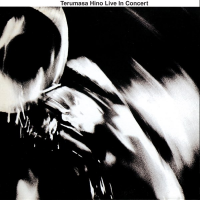 Terumasa Hino
Terumasa Hino Terumasa Hino Live in Concert
(East Wind)
Terumasa Hino began his career in the 1960s and quickly established himself as one of Japan's foremost jazz trumpeters. He has appeared alongside numerous jazz greats, including Elvin Jones, Herbie Hancock and Chick Corea. Unfortunately, he never reached broad audiences outside his native Japan. Live In Concert is a blazing live set, featuring an exceptional group of players including Sadao Watanabe, Kiyoshi Sugimoto and others. This recording successfully blends fusion with more soulful jazz and even touches of avant-garde. This album received more attention in Japan than anywhere else, but it remains one of his most powerful early live documents.
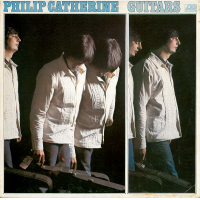 Philip Catherine
Philip Catherine Guitars
(Atlantic)
Belgian guitarist Philip Catherine is one of Europe's finest guitarists. He has performed with the likes of Jean-Luc Ponty, Dexter Gordon, Larry Coryell, Chet Baker and many others. While often heard in supporting roles, Catherine stands out as a leader in this context. Mixing straight-ahead swing with impressionistic textures and playful touches, the album highlights Catherine's warm tone and melodic imagination. His tribute to fellow Belgian guitarist Rene Thomas serves as a poignant reminder of the rich, often overlooked European jazz lineage.
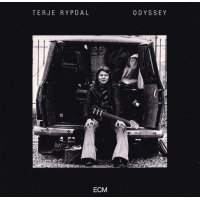 Terje Rypdal
Terje Rypdal Odyssey
(ECM)
Norwegian guitarist Terje Rypdal is unique among jazz players. Drawing as much from psychedelic rock and European modernism as from American jazz, Rypdal has always forged his own path. Rather than cutting his chops playing bebop or standards, he started playing instrumental music during the sixties, inspired by the Shadows. He later ventured into psychedelic music, and when he began his solo career, he tried to capture new sounds and techniques for composition. Odyssey stands out as an important release from his impressive catalog.
It might be tempting to compare Odyssey to albums by other jazz artists at the time. Rypdal's vision, however, was often closer to progressive rock or even psychedelia, with free-form structures that remain coherent and deeply atmospheric. Fusion was not the only game in town during the mid-70s. This was also a period when progressive rock was at the forefront. Rather than following the lead of popular jazz guitarists of the day, Rypdal's work here hints as much at players like Steve Hackett or Fred Frith. The compositions are freeform and improvisational but coherent, relying on sonic layering rather than avant-garde cacophony.
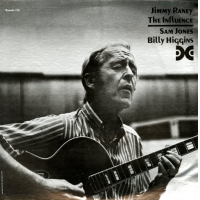 Jimmy Raney
Jimmy RaneyThe Influence
(Xanadu)
Jimmy Raney was an artist who was in the right place at the right time. He recorded with some of the top jazz musicians in the fifties and early sixties, playing with artists such as Stan Getz, Duke Ellington and Red Norvo. He also released some impressive solo albums during this time. His time in the spotlight, unfortunately, was somewhat short-lived. For approximately ten years, he was primarily out of the public eye. In 1975, however, he returned with The Influence. This album proved that he still had plenty to say. The recording features Raney on guitar, along with Billy Higgins on drums and Sam Jones on bass. Raney's playing is lyrical and expressive as he brings new life into standards such as "Body and Soul," "Dancing in the Dark" and "There Will Never Be Another You." The Influence reaffirmed his place as one of the most lyrical guitarists of his generation.
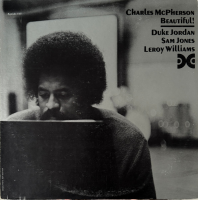 Charles McPherson
Charles McPherson Beautiful!
(Xanadu)
Alto saxophonist Charles McPherson had long been admired for his ability to channel Charlie Parker without sounding like a carbon copy. Beautiful! shows Parker's influence, but also highlights McPherson's mature style, with its own lyrical and expressive elements. He is joined here by Duke Jordan on piano, Sam Jones on bass and Leroy Williams on drums. McPherson delivers a mix of bebop intensity along with expressive interpretations of standards that prove he is on the same level as Art Pepper, Phil Woods, and Jackie McLean.
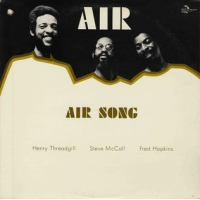 Air
Air Air Song
(Why Not)
Air Song is the debut album by the improvisational collective Air, featuring Henry Threadgill on saxophone, Fred Hopkins on bass, and Steve McCall on drums. The album was recorded in Chicago but originally only issued in Japan. It was later issued in the US during the eighties. The group presented a collective approach to improvisation that was both free and interactive. Air Song presents four long pieces where the trio interacts as equals, balancing structure with freedom. The music is adventurous but never chaotic, full of wit, texture, and dynamic sensitivity. Although it achieved cult status, it deserves wider recognition as an essential chapter in the new jazz.
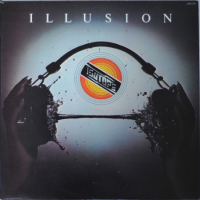 Isotope
Isotope Illusion
(Gull)
During the sixties and early seventies, several British rock outfits began incorporating jazz elements into their music. Soft Machine, for example, started as a psychedelic band that evolved into more experimental territory. The Soft Machine's Third (Columbia 1970), for instance, was a double album featuring only four songs, each of which relied heavily on improvisation. Guitarist Gary Boyle was part of this scene, playing in Brian Auger's Trinity during their final lineup.
Shortly after Trinity broke up, Boyle formed Isotope, and for Illusion, he was joined by Soft Machine bassist Hugh Hopper. Rooted in the Cambridge sound, Isotope presented a uniquely British take on jazz-rock fusion. Illusion combined Boyle's fiery guitar, Hopper's inventive bass, and Laurence Scott's keys for a sound that was both muscular and forward-looking. The result is a forward-looking jazz sound with hints of Soft Machine and King Crimson.
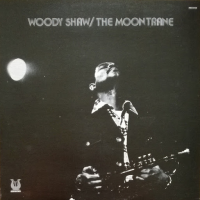 Woody Shaw
Woody Shaw The Moontrane
(Muse)
Trumpeter Woody Shaw was just stepping into his prime when he recorded The Moontrane for Muse. It became a landmark in Shaw's career, signaling his emergence as one of the great trumpeters of late 20th-century jazz. Featuring a large ensemble with players such as Azar Lawrence on saxophone, Steve Turre on trombone, and Onaje Allan Gumbs on piano, the album showcases Shaw's brilliant writing and commanding trumpet voice. Rather than following the fusion wave, Shaw doubled down on advanced post-bop, creating music that was harmonically rich, rhythmically daring, and full of fire. The Moontrane still sounds as cool today as it did in 1975.
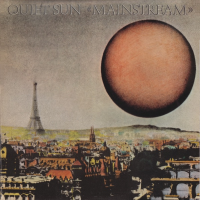 Quiet Sun
Quiet SunMainstream
(Antilles)
Mainstream is an album that deserves more attention. Initially formed in 1970, Quiet Sun broke up before they had a chance to release any music. Guitarist Phil Manzanera joined Roxy Music, bassist Bill MacCormick joined Matching Mole, drummer Charles Haward joined This Heat and pianist Dave Jarrett became a math teacher.
When Manzanera was recording his first solo album, Diamond Head (Atco 1975), he recruited members from Quiet Sun to play on it. This inspired Manzanera to temporarily reunite the band to record an album of their previously composed material. The result,
Fifty years later, these albums remind us that 1975 was more than just fusion's golden age. From lyrical guitar trios to adventurous collectives, European experiments to fiery trumpet ensembles, these releases paint a richer picture of the year, and this is music that still sounds vital today.
Tags
Top Ten List
Kyle Simpler
Bob Dylan
Led Zeppelin
Pink Floyd
Frank Zappa
jeff beck
Jim Hall
Sonny Rollins
Bill Evans
Ella Fitzgerald
Eric Dolphy
pat metheny
Terumasa Hino
Elvin Jones
Herbie Hancock
Chick Corea
Sadao Watanabe
Kiyoshi Sugimoto
Philip Catherine
Jean-Luc Ponty
Dexter Gordon
Larry Coryell
Chet Baker
Rene Thomas
Terje Rypdal
Steve Hackett
Fred Frith
Jimmy Raney
Stan Getz
duke ellington
Red Norvo
Billy Higgins
Sam Jones
Charles McPherson
Charlie Parker
Duke Jordan
Leroy Williams
Art Pepper
Phil Woods
Jackie McLean
Henry Threadgill
Fred Hopkins
Steve McCall
Soft Machine
Gary Boyle
Brian Auger
Hugh Hopper
Woody Shaw
Azar Lawrence
Steve Turre
Onaje Allan Gumbs
PREVIOUS / NEXT
Support All About Jazz
 All About Jazz has been a pillar of jazz since 1995, championing it as an art form and, more importantly, supporting the musicians who make it. Our enduring commitment has made "AAJ" one of the most culturally important websites of its kind, read by hundreds of thousands of fans, musicians and industry figures every month.
All About Jazz has been a pillar of jazz since 1995, championing it as an art form and, more importantly, supporting the musicians who make it. Our enduring commitment has made "AAJ" one of the most culturally important websites of its kind, read by hundreds of thousands of fans, musicians and industry figures every month.




